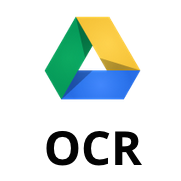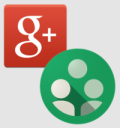Google’s Research Tool Gets Personal
I was in a fabulous session, Revolutionary Research in Google Drive, at this past weekend’s TN Google in Education Summit. In the midst of showing the Research Tool to the group, Adam Seipel got almost as excited as Joe Cantore got hearing thunder snow.
When using the Research Tool, in addition to having access to everything on Google Search, Imanges, Scholar, Quotes, and Dictionary results, you now have access to PERSONAL results. It searches items in your Google Photos, Drive, and more. Awesomesauce!
“Personal results include documents, presentations, and spreadsheets from Docs, Sheets, and Slides, as well as images from Picasa and posts from your Google+ stream. By clicking Preview you can quickly glance at the content, and for presentations you can click Import Slides to choose slides to insert into the current presentation. You can also click Insert Link to insert the item’s URL and title. In documents only, you can insert a footnote citation with the link by clicking the Cite button.” (Source)
Check it out!
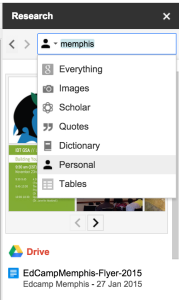

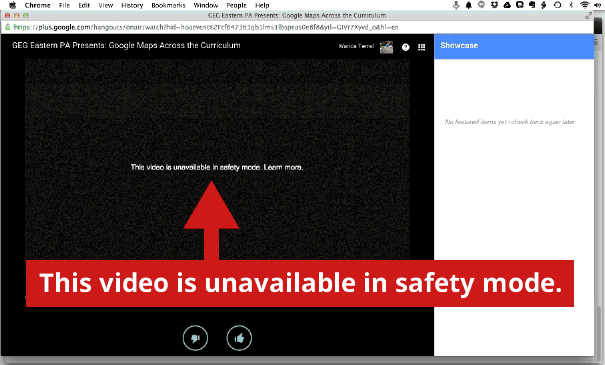
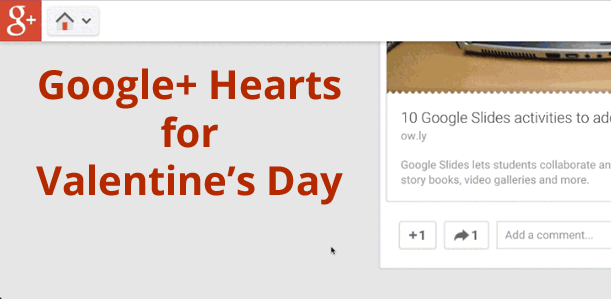
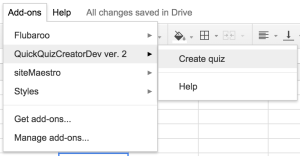 Open a Google Sheet
Open a Google Sheet